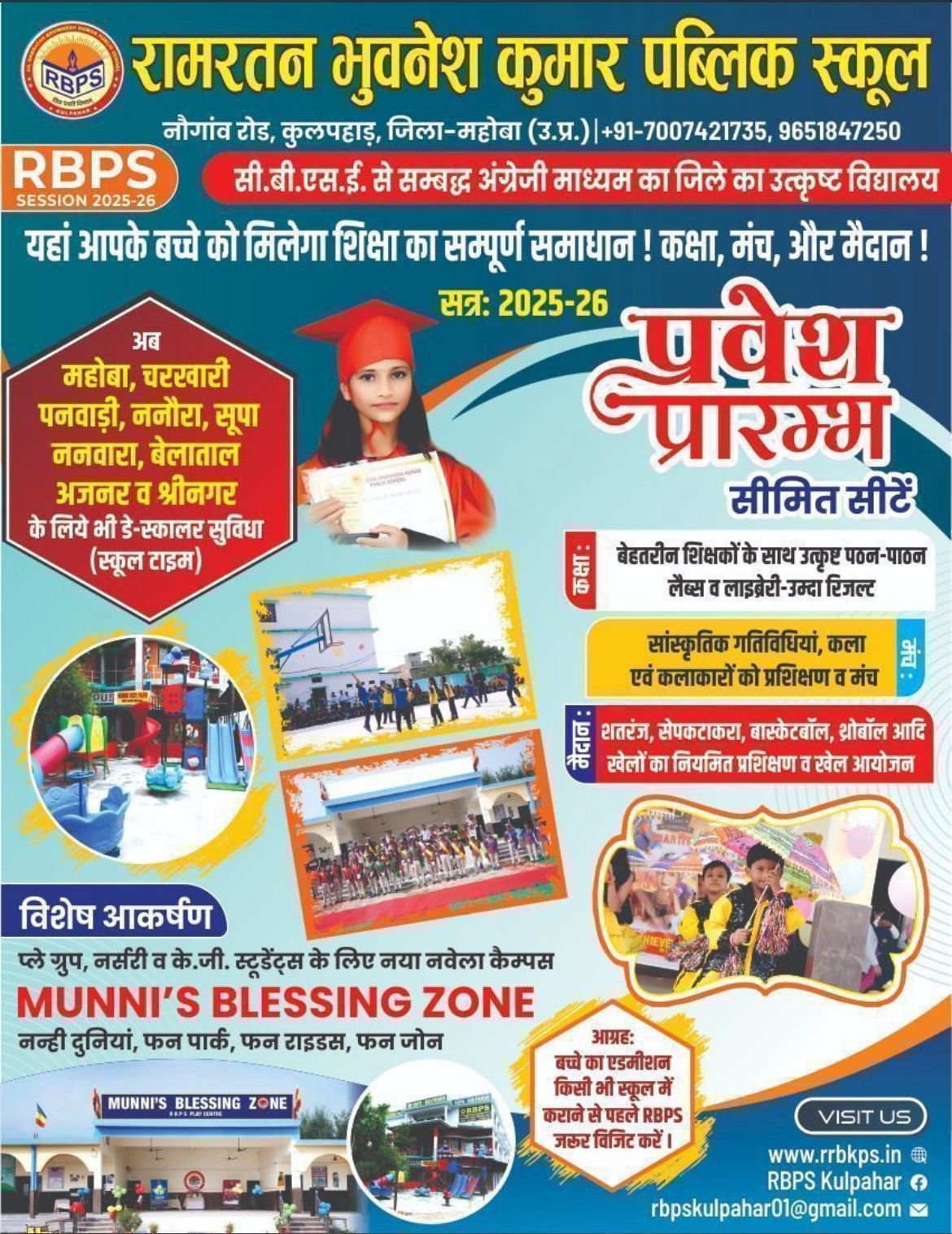Raipur Bureau। ICATT, a Bengaluru-based air ambulance services company, has initiated discussions with the state government to launch its cutting-edge and integrated Helicopter Emergency Medical Services (HEMS) to fast-track trauma care services in the state.
ICATT deploys ‘Flying ICUs’ helicopters and aircraft equipped with advanced ICU infrastructure, surgical tools, and a trained aero-medical team. These airborne units are capable of delivering critical care at the site of trauma, particularly along highways, rural belts, and semi-urban areas, within the crucial golden hour, significantly improving the chances of survival for accident victims.ICATT’s air ambulance service, an India-specific adaptation of the UK’s Helicopter Emergency Medical Services (HEMS) model, has been successfully operating the government-funded PM Shri Air Ambulance Seva in Madhya Pradesh for the past year. The system functions in close coordination with the National Health Mission’s first responders and the State Administration, covering all 55 districts using a dedicated helicopter and fixed-wing air ambulance. Under this model, trauma victims and critically ill patients are airlifted free of cost, ensuring timely access to lifesaving care. Building on this success, ICATT is now set to replicate the same model in other states, bringing together key departments including fire services, police, and first-responder ambulance units to form a seamless emergency medical network.Prior to the Madhya Pradesh contract, ICATT had successfully conducted Aero-Medical Rescue operations in the deep jungles of Southern Chhattisgarh, based at Jagdalpur and saving lives of the CRPF jawans fighting the Naxalites.In their comments, Dr. Rahul Singh Sardar and Dr. Shalini Nalwad, Founding Directors of ICATT Air Ambulance Service, said, “HEMS represents a significant disruption in the emergency care landscape. In countries like the USA, UK, and across Europe, air ambulance teams are a standard part of trauma care, a highly evolved and efficient system that saves countless lives. Weare bringing that same global standard of care to India, where such services are not just desirable but essential. With access to advanced medical facilities still limited in many parts of the country, we believe the introduction of HEMS can play a critical role in reducing road accident fatalities and improving emergency response outcomes.”They pointed out that road accident fatalities in India rose to approximately 1.80 lakh in 2024, accounting for over 11% of global road deaths. Although India is a signatory to the Brasilia Declaration, which aims to reduce road accidents and fatalities by 50%, achieving this goal will require the integration of advanced systems like HEMS.The duo gained experience with the UK’s HEMS model during their training and practice in Pre-Hospital Trauma Care in England between 2004 and 2015. They returned and established ICATT Air Ambulance Service in 2017 with a singular mission of reducing the death rate among trauma victims in the country, and now they are the largest Professional Air Ambulance Service of India. “However, this vision can only be realised through strong collaboration with government bodies and institutions,” they emphasized. “Saving trauma victims requires an integrated approach and a well-coordinated response between first responders and air ambulance services.”ICATT’s team of flying doctors and paramedics is trained through a specialized programme called FAM (Fellowship in Aeromedical Sciences), jointly developed by ICATT and its British training partners, Designed specifically for Indian conditions, the programme brings together global experts from the UK and Australia to equip medical professionals with advanced skills in aeromedical emergency care.These professionals, referred to as ‘Aero-medical commandos’, are trained to perform life-saving interventions in the most challenging and resource-constrained environments, ensuring critical care reaches even the most inaccessible locations.The company has conducted successful aero-medical drills in several Indian cities, including Bhopal, Mumbai, Hyderabad, Bangalore, Madurai and Chennai.These drills simulate real-life trauma scenarios, followed by an advanced aero-medical rescue operation. The coordinated response involves the police, fire department, first responder ambulance, and a fully equipped helicopter staffed by highly trained medical professionals. The helicopter is dispatched to the accident site, where the patient is stabilised on the ground through life-saving interventions such as field anaesthesia and critical care procedures. The patient is then airlifted to the nearest hospital for further treatment. From the time of the accident to air evacuation, the entire process, including on-site stabilisation, is completed within 30 minutes, demonstrating the efficiency and impact of a well-orchestrated emergency care system.












